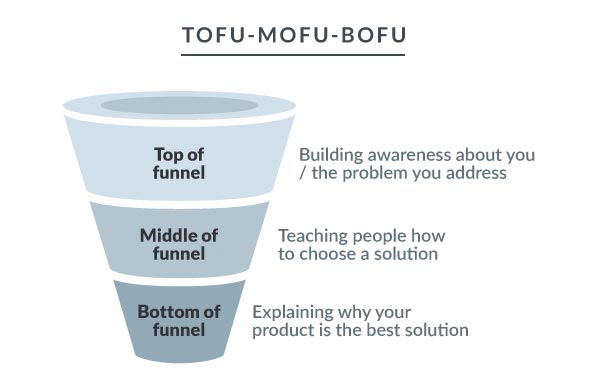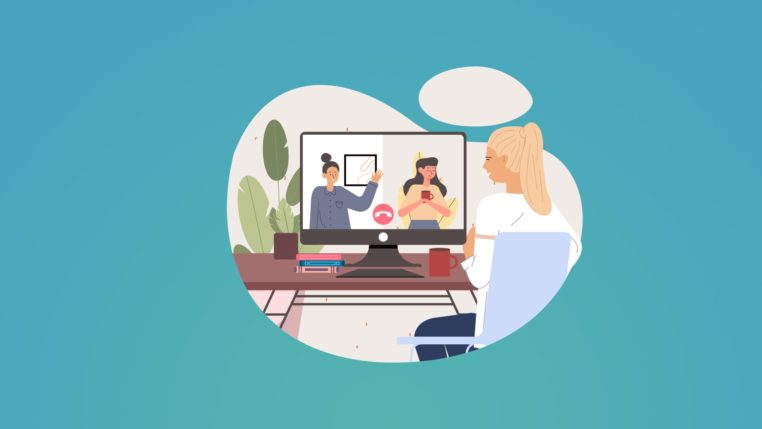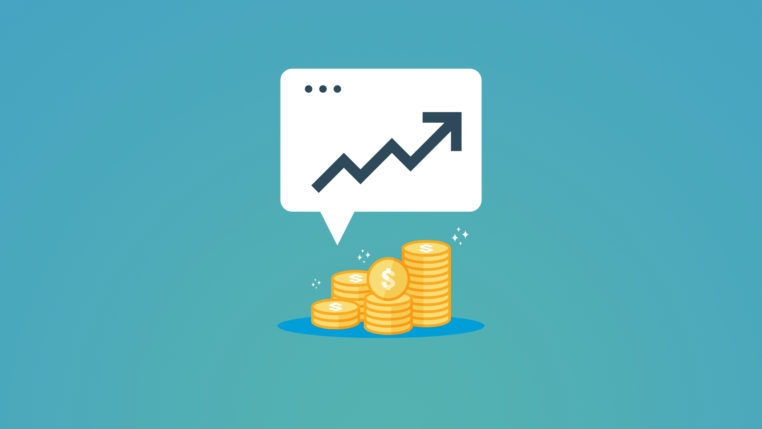10 Expert Virtual Event Learnings from 50+ events

Table of Contents
In the past year, my team and I have hosted well over 50 virtual events. Virtual events were always a part of our event portfolio, but like yourself, we never imagined it to play such a prominent role.
The last couple of months taught us many lessons when it comes to virtual events. When working with new go-to-market strategies, experimentation will always be key. However, this does mean that you need to schedule retrospective meetings with your team.
In this article, we will cover 10 virtual event learnings so that you can host the ideal virtual event for your company.
1. Take virtual event fatigue into account
There are days in which I have 10 meetings per day. I know that I’m not alone, and this is especially true for senior decision-makers.
One key virtual event learning is that virtual event fatigue is something that you definitely need to take into consideration. Your audience is probably spending the majority of their time behind their laptop. The last thing they need is a virtual event that’s killing them through PowerPoint.
Even though it’s tempting to host virtual events that take multiple hours, don’t do it. The ideal time for a virtual event is 60-90 minutes. However, most people prefer 60 minutes.
An extra benefit of having a 60-minute event is that it’s much easier to schedule in your agenda compared to longer events.
Properly handling virtual event fatigue will make your events much more successful. Check out these ways to combat virtual event fatigue.
2. Give sufficient lead time for your virtual events
This has been a huge virtual event learning for me. When the pandemic hit us, suddenly there was this huge rush to get virtual events live. It makes sense, after all, all in-person events were getting cancelled.
At the same time, this led to planning virtual events without enough lead time for a proper promotion strategy.
For smaller virtual events such as round tables, we heavily relied on our sales team to drive attendance to these virtual events. However, it’s not the primary focus of sales, and this leads to events not having enough registrations on time.
Fortunately, we learned from it and started planning virtual events with more lead time. Smaller virtual events generally have a lead time of 6-8 weeks nowadays.
By the lead time, I mean the time it takes from the landing page being published to the event date. This gave us enough time to promote the event through alternative strategies.
If you’re looking for some promotion strategies for virtual events then look at the video below.
3. Gamification is crucial for large virtual events
The next virtual event learning has to do with gamification. As stated above, virtual event fatigue is something that you need to take into consideration.
A great way to combat fatigue is to gamify the experience. There are actually very nice ways to do this and if you’re looking for some ideas, take a look at this article: Brilliant Virtual Event Gamification Ideas and Best Practices.
The duration of most large virtual events is typically about one day. However, in some cases, you even have multi-day events.
You can’t expect your audience to sit behind their computer all day and listen to your presentations. This would be torture.
You need to give your audience something to do. Something they wouldn’t typically do during virtual events.
Through gamification, you will achieve much greater audience satisfaction and engagement.
4. Small virtual events require an entertainment element
Similar to how large events require gamification, smaller events also require an entertainment element.
Early in 2020, our team found the right recipe for a successful virtual event. However, as time progressed, the performance of the events started to decline.
So, we brainstormed.
We started applying entertainment to our smaller virtual events such as wine tasting, chocolate tasting and sending people virtual event bags.
The results were amazing. People were getting tired of those traditional round tables and we needed a fun element. It gave people an extra boost to attend.
5. C-level audience require personal invitations from your sales team
Trust me, we’ve tried inviting c-level people through email, social media, and third parties vendors. Take this virtual event learning from me; C-level people will only attend based on solid relationships with your sales team or partners.
At the same time, this reinforces point 2 of this article. You need sufficient lead time for your virtual events.
C-level people are busy, and if you need to rely on your sales team to invite people, you need to schedule your virtual events at least 3 months in the future.
6. Without internal buy-in, event success is difficult
Your most important internal stakeholders must fully support your virtual event strategy. Typically, these stakeholders are your sales organization and customer success.
However, it all depends on the type of virtual event that you want to deliver.
If you take a look at the simplified version of a marketing funnel:
- Top of Funnel
- Middle of Funnel
- Bottom of Funnel

Your event portfolio should include virtual events for each of those stages. Top of the funnel events generally has more participants from a broader audience range.
Middle of the funnel events, such as virtual round tables, generally targets senior decision-makers.
As stated in point 5, you need the commitment of your sales organization to fill events that target senior decision-makers. Without their buy-in, you’re just going to struggle and you’ll likely end up postponing your events.
So whatever, you do, ensure that you have buy-in from your sales team and internal organization.
7. You need an airtight follow-up strategy
I’m a firm believer of doing fewer things but doing them really well. But I didn’t always have this opinion. When I first started hosting virtual events, I quickly hopped from organizing one event to another one.
After a few months, I’d look back at the performance and noticed that the pipeline generation performance was poor. The reason why: the follow-up strategy was underperforming.
When you’re planning a virtual event, you need to think about the next best actions for your attendees. How are you going to generate a sales pipeline from this event?
Trust me, it’s better to do fewer events but execute them really well than doing loads of events and half-assing it. Make sure your follow-up strategy is solid!
8. 1:1 meetings are king at external virtual events
Of course, a huge part of your virtual event strategy is external events. Basically, these are events in which you participate. Mostly through the form of a sponsorship package.
My biggest external virtual event learning is that one to one meetings drive the most value.
This makes sense as B2B is about building relationships with potential customers. During those one to one meetings, your sales team has the unique opportunity to meet your prospects. These one to one meetings typically last about 15 minutes.
Therefore, you need to have a solid strategy when engaging in the meeting. Always make sure that your sales team has a call to actions ready.
Whenever you participate in an external event, please make sure that your package contains one to one meetings.
9. The competition is increasing rapidly
Almost every company in the world is doing something with virtual events. At the same time, this means that competition is increasing.
An increase in competition also means that the audience expectations are getting higher.
Basically, this means that we marketers must do things differently and think outside the box.
This is why point 3 about gamification and point 4 about event entertainment are so crucial.
You can’t keep doing the same and expecting the same results. The competition is increasing so you need to stay innovative with your virtual event ideas.
10. Sometimes, smaller is better
The last virtual event learning is that sometimes, smaller events are better. It’s easy to always try to host the biggest event possible.
However, bigger events are not always equal to more value generated.
If you’re focusing in the middle of the funnel events, smaller-scale events typically perform better. The point of these events is that your audience is interacting with your customers and your sales team.
In larger virtual events, it’s much more difficult to realize interaction and that’s why smaller virtual events take the lead in converting the middle of the funnel prospects into sales opportunities.
Share this article



